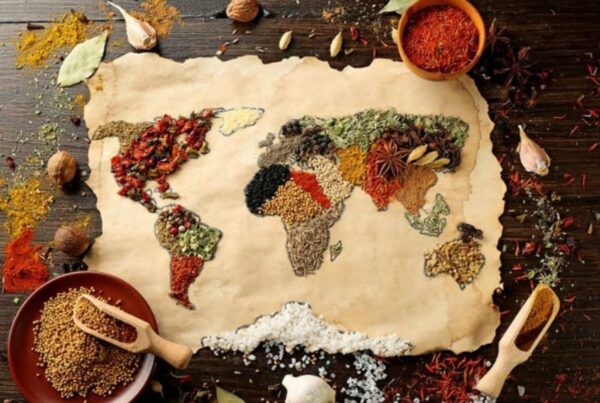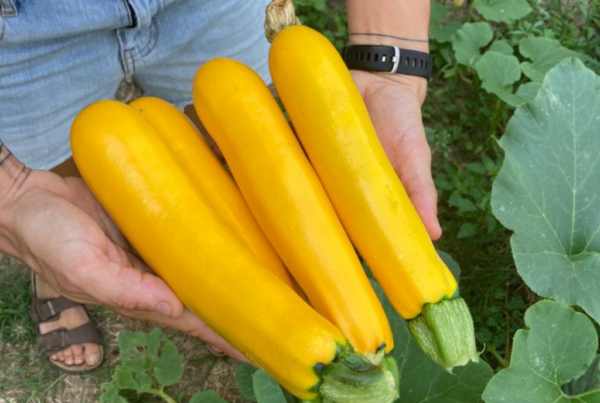Gestire il proprio impatto ambientale è sempre stato importante, ma mai così cruciale come oggi.
Il 24 luglio 2025 l’umanità ha raggiunto l’Earth Overshoot Day, la data individuata ogni anno dal Global Footprint Network che dichiara che tutte le risorse naturali rinnovabili che il pianeta è in grado di rigenerare in un anno sono state già consumate. Da quel momento in poi è come se stessimo intaccando il bilancio ecologico degli anni futuri — prendendo in prestito risorse dalle generazioni che verranno.
L’Italia ha toccato il proprio Overshoot Day molto prima, il 6 maggio 2025 — con 13 giorni di anticipo rispetto all’anno precedente. In soli 127 giorni, il Paese aveva già esaurito tutto il capitale naturale che la Terra riesce a rigenerare in dodici mesi. Da quella data, fino al 31 dicembre, l’Italia vive quindi in debito ecologico, attingendo a risorse che il pianeta non può rinnovare in tempo.
Esistono diverse soluzioni per spostare la data (#MoveTheDate) e dare più tempo alla Terra per rigenerare le proprie risorse. Non si tratta solo di conservare le risorse, ma di sviluppare un approccio sostenibile che aiuti a proteggere il pianeta e, allo stesso tempo, porti benefici anche a livello economico. Se desideri adottare abitudini eco-sostenibili, ecco tre semplici consigli pratici per ridurre la tua impronta di carbonio e contribuire a un ambiente più sano.
1 – Mangia il cibo che compri e riduci lo spreco alimentare
Vivere in modo sostenibile, o “vivere green”, significa anche sprecare di meno. Lo spreco alimentare è un grande problema. Usa una lista della spesa per acquistare solo ciò di cui hai davvero bisogno. Controlla cosa hai già in dispensa. Le grandi quantità sono spesso più economiche, ma se sei costretto a buttare via troppo, in realtà non hai risparmiato nulla. Non sai cosa fare con due carote, un gambo di porro e della feta? Ti basta fare una ricerca nel web: troverai tantissime ricette che li utilizzano.
2 – Mangia locale e di stagione
Un modo per ridurre l’impronta di carbonio dei tuoi acquisti alimentari è scegliere frutta e verdura di stagione e, quando possibile, prodotte localmente. Scopri il vasto mondo dei prodotti locali e di altre specialità alimentari comprando al mercato contadino della tua zona o ordinando un cesto settimanale direttamente dalle fattorie. Quando invece acquisti prodotti provenienti da più lontano, controlla la loro provenienza: alcuni Paesi, come Paesi Bassi, Spagna, Francia, Nuova Zelanda, Australia, Cile, utilizzano pratiche rispettose dell’ambiente per la coltivazione di frutta, verdura, caffè e altre colture.
3 – Bandisci le microplastiche
Esistono due tipi di microplastiche che inquinano l’ambiente e rappresentano un grave rischio per la catena alimentare, in particolare negli oceani.
- Le microplastiche primarie sono minuscoli frammenti di plastica, più piccoli di cinque millimetri, che entrano direttamente nell’ambiente. Provengono da molte fonti, come cosmetici, detergenti, usura degli pneumatici e fibre sintetiche dei vestiti che si disperdono con i lavaggi.
- Le microplastiche secondarie derivano invece da oggetti di plastica più grandi, come le bottiglie, che si frammentano nel tempo a causa delle condizioni atmosferiche.
Molti shampoo, bagnoschiuma, lozioni, scrub e prodotti per la cura del viso contengono microplastiche. Tuttavia, queste non sono vietate e le aziende non sono obbligate a indicarle in etichetta. Se vuoi evitarle, i cosmetici naturali rappresentano una scelta più sicura.
We are in debt to the Earth: how to preserve instead of consume
Managing your environmental impact has always been important, but never as crucial as it is today. It’s not just about conserving resources, but developing a sustainable approach that helps protect the planet while also benefiting you financially.
On July 24, 2025, humanity reached Earth Overshoot Day, the date identified each year by the Global Footprint Network when we have consumed all the renewable natural resources that the planet can regenerate in a year. From that point on, it’s as if we are depleting the ecological budget of future years — borrowing from generations yet to come.
Italy hit its own Overshoot Day much earlier, on May 6, 2025 — 13 days ahead of last year. In just 127 days, the country had already used up all the natural capital that the Earth can replenish in twelve months. From then until December 31, Italy is living in ecological debt, drawing on resources that the planet cannot replace in time.
Experts stress that there are many ways to #MoveTheDate, pushing back Overshoot Day and giving the Earth more breathing room to restore its vital resources. If you’re looking to adopt eco-friendly habits, here are some practical steps to minimize your carbon footprint and contribute to a healthier environment.
1- Eat the food you buy and reduce food waste
Sustainable living or living green also means wasting less. Food waste is a big problem. Use a shopping list to buy what you really need. Check what you have in stock. Large quantities are often cheaper – but if you have to throw too much away, you haven’t saved anything. You don’t know what to do with two carrots, a stick of leek, and feta cheese? Simply google the ingredients and you will get plenty of recipes that need only these ingredients.
2- Eat local and in season
One way to reduce the carbon footprint of your groceries is to buy fruit and vegetables that are in season and, where possible, locally produced. Explore the wide world of local produce and other foods by shopping at your community’s farmers market or ordering a weekly farm basket. When you do buy from farther afield, check where your groceries are coming from: some countries use environmentally friendly practices for harvesting fruits, vegetables, coffee, and other crops.
3- Ban microplastics
There are two kinds of microplastics that pollute our environment and pose a serious risk to the food chain, especially in the ocean.
Primary microplastics are tiny plastic pieces, smaller than five millimeters, that enter the environment directly. They come from many sources, such as cosmetics, detergents, tire wear, and synthetic clothing fibers that wash off in the laundry.
Secondary microplastics come from larger plastic items, like bottles, that break down into small pieces over time due to weather conditions.
Many well-known shampoos, shower gels, lotions, scrubs, and facial care products contain microplastics. However, these plastics are not banned, and companies are not required to list them on labels. If you want to avoid microplastics, natural cosmetics are a safer choice.
REFERENCES – FONTI
“Overshoot Day falls on July 24th” su overshoot.footprintnetwork.org
“Sprechi alimentari” su salute.gov.it
“Eat the food you buy and reduce food waste” su hennepin.us
“Dietary Choices and environmental impact” su protectearth.foundation
“#Io sono Ambiente – Linee Guida e Materiali Plastic Free” su mase.gov.it





